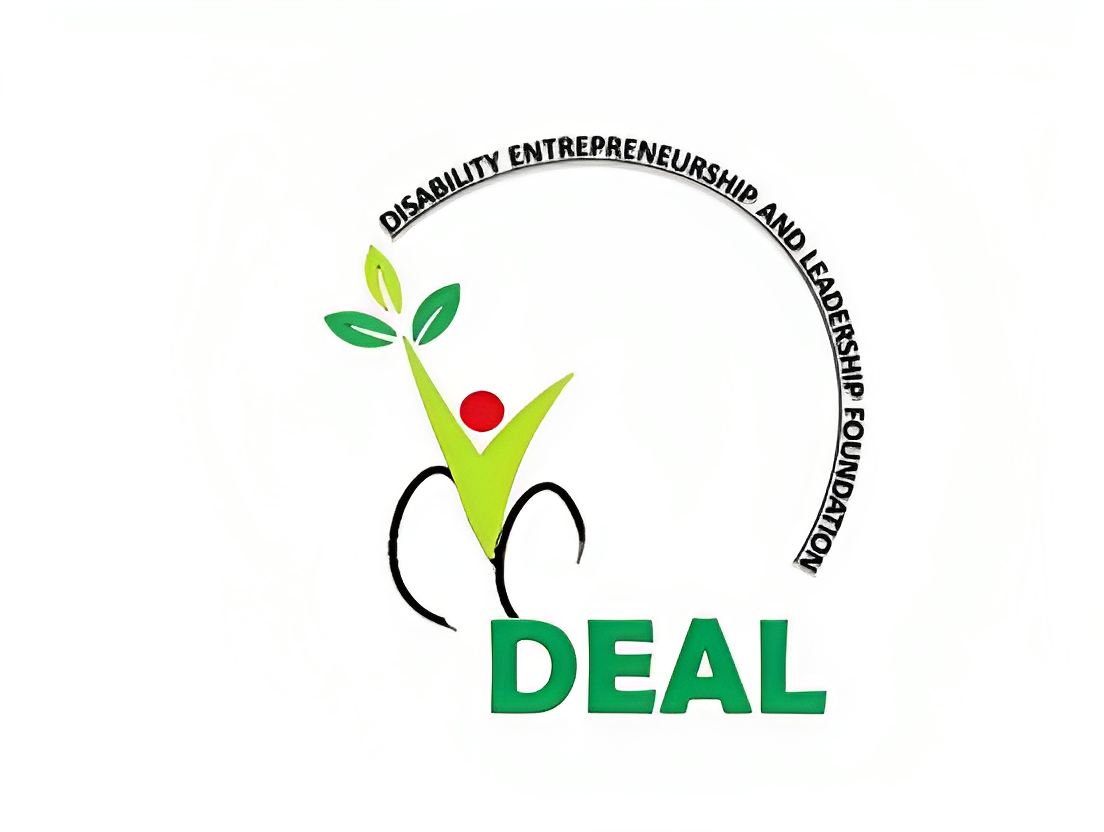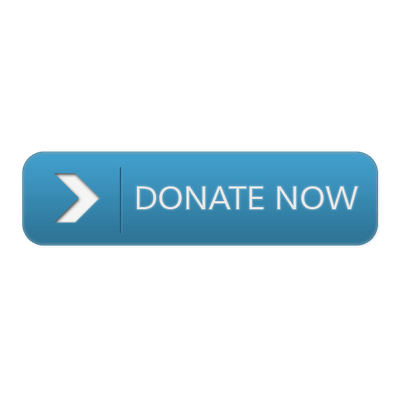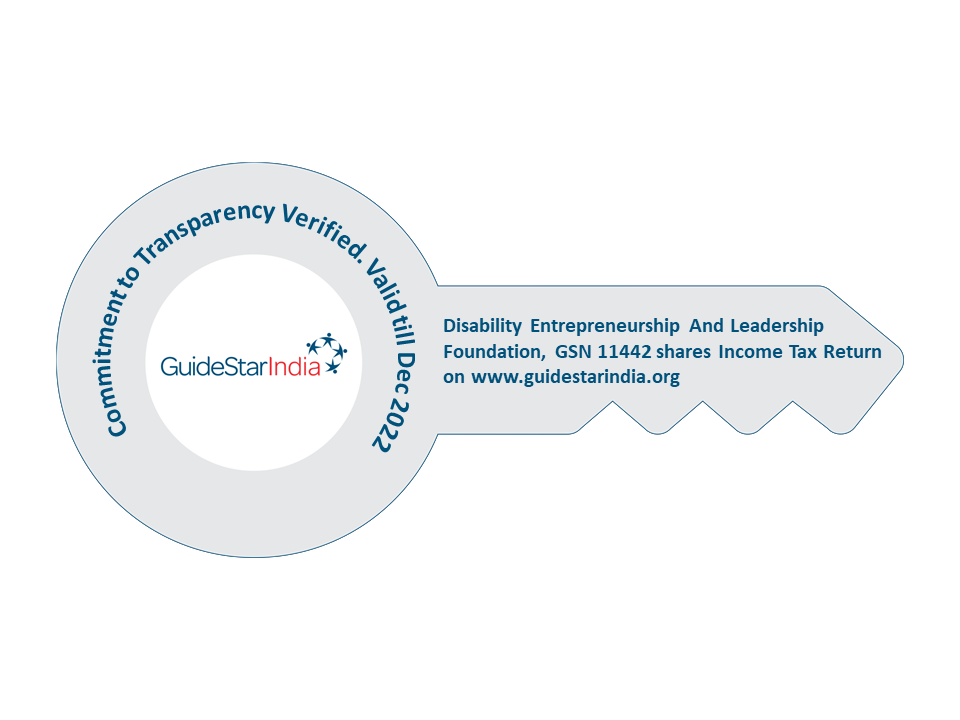Disabilities can come in various forms. Most people are familiar with ‘visible’ disabilities like a wheelchair user or a person with a guide dog. But what about someone who has a disability that is not visible? An invisible disability is just as life-affecting as a visible disability, but they’re not as talked about and easily understood.
People with invisible disabilities continue to be excluded from participation and inclusion by the general public, the media and even the disability movement. Imagine two people waiting at a bus stop. The bus pulls up and someone jumps out with a small box to create an additional step. The woman using crutches uses the step, pulls herself up with the handrail, and is offered a seat in the bus. The bus pulls away. Left behind is a man with a paralyzing anxiety disability which stops him from using public transport. Both people have disabilities, yet we naturally assume that the person with crutches is the only disabled one.
What is invisible disability?
Invisible disability is a physical, mental or neurological condition that is not visible from the outside, yet can limit or challenge a person’s movements, senses or activities. Some types of invisible disabilities include brain injuries, chronic pain, mental illness, gastro-intestinal disorders, autism spectrum disorder, depression, ADHD and dyslexia.
A person with an invisible disability may find it difficult to talk about their disability and the daily challenges they may face. Take for example a woman who has a gastro-intestinal disorder and needs to continually use the restroom during work hours. The woman may feel embarrassed and fears being treated differently and so doesn’t discuss it openly with her colleagues. Her colleagues, who aren’t aware of her needs, develop negative ideas and attitudes about her behavior. They lack the knowledge and information to change their perceptions and attitudes.
Inclusion and empowerment of persons with visible and invisible disabilities must include policy action by the Ministry of Social Empowerment and Justice. The criteria and process for identifying people and certifying people with disability must find processes to recognize the disability of people with fluctuating disability such as that experienced by many with severe mental illness. It must also include active responses to include people with invisible disabilities from agencies working in Inclusive sports, inclusive sanitation and inclusive community-based development are the catch-cries of organizations working in disability.
(Sources: indianexpress.com, rickhansen.com, invisibledisabilities.org)
Disability Entrepreneurship And Leadership (DEAL) Foundation works across the districts of Gadag and Bengaluru to promote sustainable livelihood opportunities for persons with disabilities. We firmly believe in community integration and hence promote awareness on the importance of community integration for persons with disabilities.
In order to promote awareness, we conduct trainings and seminars which enable both the disabled and nondisabled people understand it’s importance and participate in community integration activities or initiate one at their place of residence.
For any questions one might have regarding the blog please write to us at info@dealfoundation.com.
To know more about the work we do, please log on to www.deal-foundation.com.


 Awarded by Guidestar India
Awarded by Guidestar India